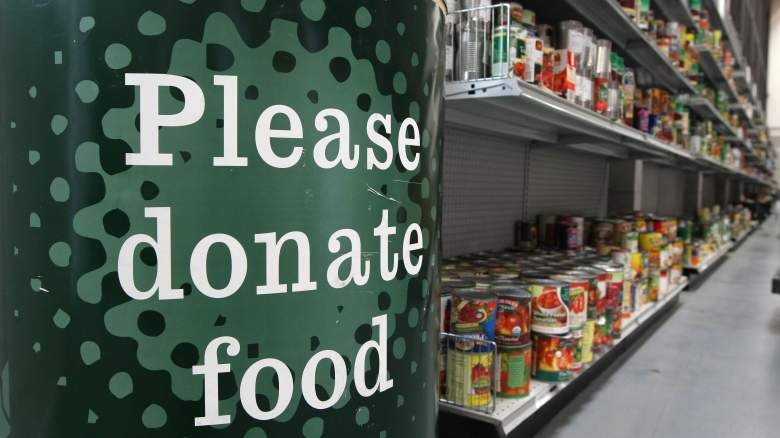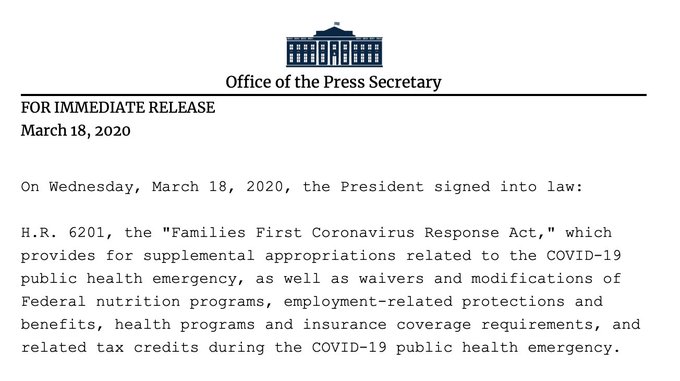
Getty A donation bin sits near shelves with canned foods at the San Francisco Food Bank.
The spread of the COVID-19 coronavirus pandemic in the United States has affected many people. It’s a period of financial insecurity for many Americans. Some have lost their jobs, been temporarily laid off or are just struggling to get the necessary supplies.
The American government has provided additional information on how to get emergency food assistance. There are a few different programs to choose from, including food stamps, the WIC program for women and children, food programs for seniors and more.
Here’s what you need to know about getting emergency food assistance:
Emergency Food Stamps Are Available Through the SNAP Food Benefits Program
The Supplemental Nutrition Assistance Program (SNAP) is a federal nutrition program. SNAP benefits are the new official term for food stamps, and those eligible can use SNAP benefits to purchase food. This food is wide ranging, from fruits and vegetables, to meat, breads, cereals and dairy products. The United States Department of Agriculture (USDA) has the full list of available food.
SNAP benefits are managed through each state, so the qualifying factors and application process varies a little for each region. Applying for SNAP usually involves requirements related to resource and income limits.
To get more information about each state’s benefits program and apply online, consult the USDA state list. People can apply online or in person at a state or local office. States will issue food stamps (SNAP benefits) on a card, which you can then use for purchases at participating SNAP grocery stores. The application process has not changed, but a proposed bill would waive certain requirements due to the COVID-19 emergency. Read more on this bill below.
There is also the WIC program available to low-income women and young children. The Special Supplemental Nutrition Program for Women, Infants and Children (WIC) applies to women who are pregnant, breastfeeding or within six months of having given birth or pregnancy ending. For those applying for their children, they must be under five years old. The WIC program is also administered through state or local WIC agencies.
A list of available food assistance programs is available at this government website.
The Phase Two Coronavirus Stimulus Bill Has Been Approved & Includes an Expansion of Food Security Programs
President Trump just approved the “Families First Coronavirus Response Act,” which provides “waivers and modifications of Federal nutrition programs” among other measures. Specifically, this bill includes an expansion of the SNAP food security program and the WIC program.
The bill states that $500 million will be provided for the WIC program “to low-income pregnant women or mothers with young children who lose their jobs or are laid off due to the COVID-19 emergency.”
It also includes $400 million to The Emergency Food Assistance Program (TEFAP) to help local food banks so they can meet the heightened demand. This $400 million is to be split with $300 million going to purchasing nutritious foods and $100 million for the storage and distribution of the food.
The bill also authorizes the USDA to approve the Pandemic Supplemental Nutrition Assistance Program (P-SNAP) or the Pandemic Electronic Benefit Transfer (P-EBT) plans that states put forward. USDA can approve state requests to provide emergency SNAP benefits ” to households with children who would otherwise receive free or reduced-price meals if not for their schools being closed due to the COVID-19 emergency. In order to be eligible, the child’s school must be closed for no less than 5 consecutive days.”
The bill also waives certain required responses in SNAP applications during the COVID-19 emergency and gives more flexibility to states in managing the SNAP program.
READ NEXT: ‘Nobody Wants Dasani Water’: Coronavirus Meme Spreads

